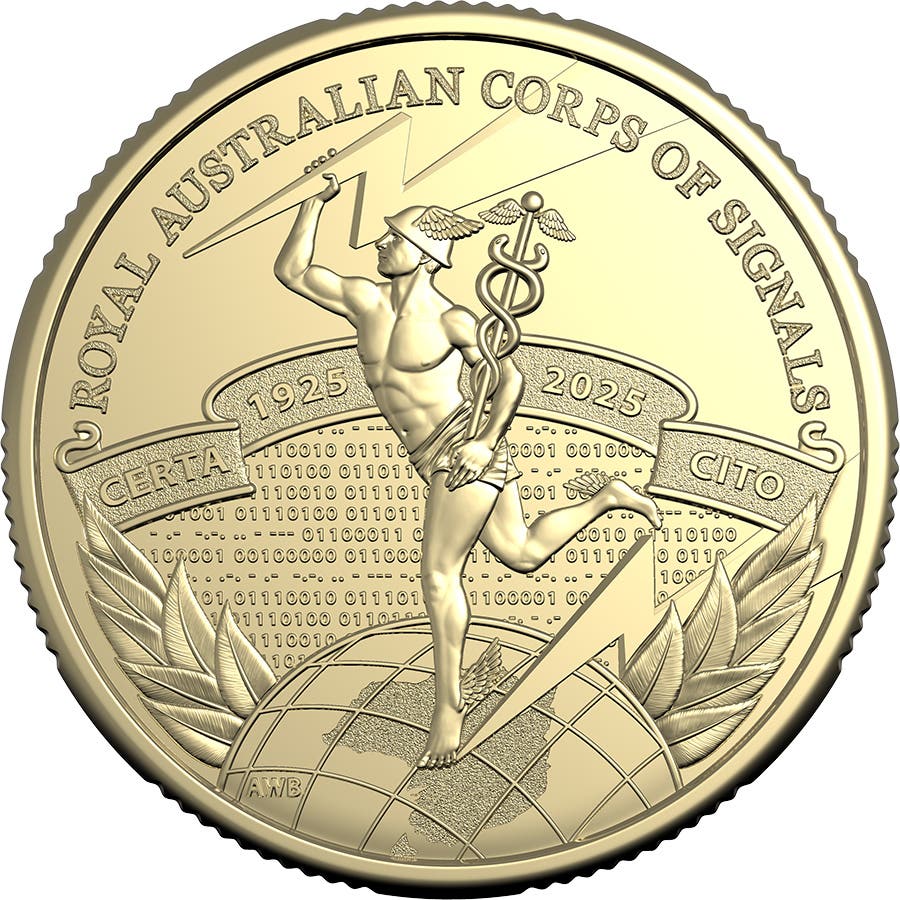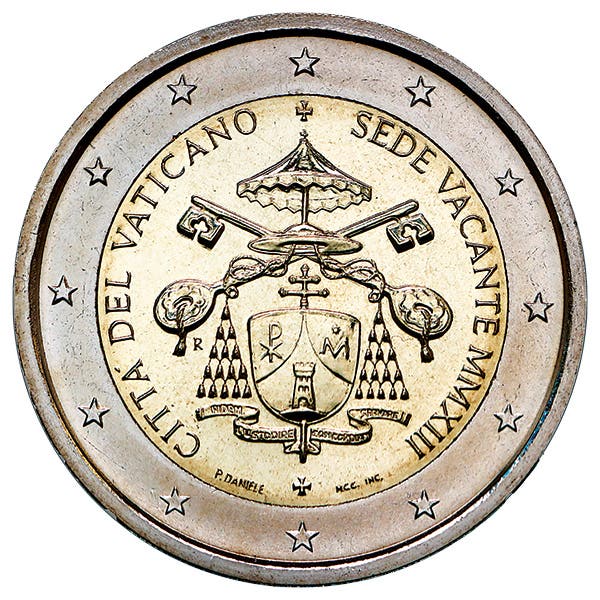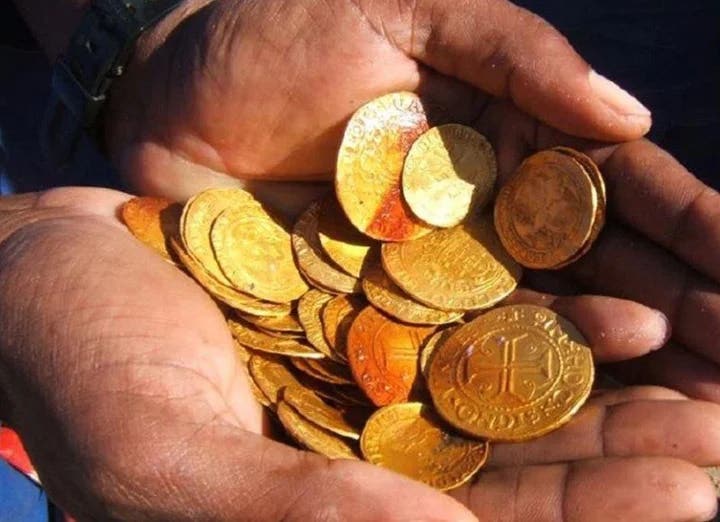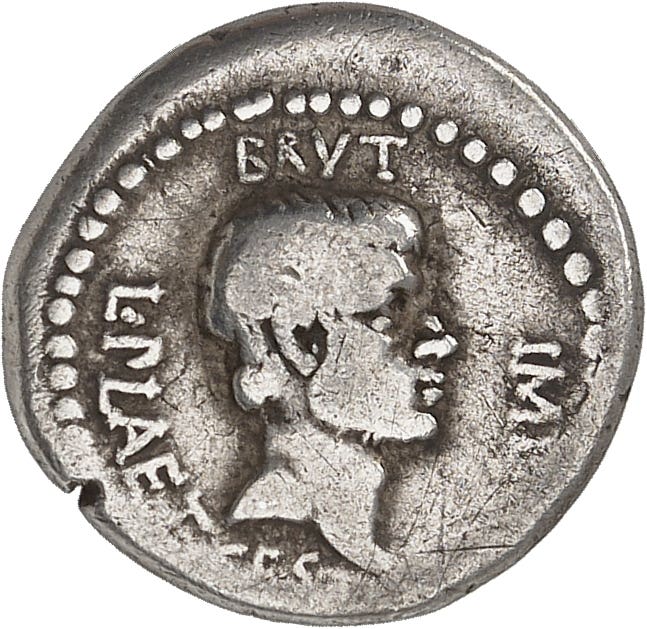Commonwealth Ponders King Charles on Coins
The then Princess Elizabeth first appeared on the Bank of Canada $20 bank note in 1935 when she was eight years old. Her vignette, as queen, still appears on the…
The then Princess Elizabeth first appeared on the Bank of Canada $20 bank note in 1935 when she was eight years old. Her vignette, as queen, still appears on the current Canadian note of that denomination.
At the time of her death the queen’s image appeared on the money of more than 15 countries. The most populace of these are Australia, Canada, New Zealand, and the United Kingdom. This list includes many smaller places including Belize, Bermuda, St. Lucia and Montserrat, and other Caribbean nations.
Coin Expert, a British coin research website, recently posted, “Rather than all of the current coins and notes being handed in, the process will be a gradual one and many of the coins featuring portraits of Queen Elizabeth II will remain in circulation for many years to come.”
The comments on the Coin Expert web site continues, “It is much easier to enforce a new design in the country where it originates, rather than in other countries where different jurisdiction may take place.”
According to a recent Bank of Canada statement, “There is no legislative requirement to change the design within a prescribed period when the monarch changes.” New coin and bank note designs may come “a few years later.”
The big numismatic question regards just how many countries will feature a depiction of King Charles III on which his mother’s likeness has in the past has appeared. The Canadian Finance Department makes that decision for that nation. Depicting the monarch on coins and bank notes is a Canadian tradition, but it is not a requirement.
University of Toronto and the Rotman School of Business history professor Dimitry Anastakis said, “We’ve had a whole series of monarchs on our money since the turn of the [20th] century. When the monarch changes the money changes.”
Sources indicate the Reserve Bank of New Zealand plans to exhaust its stock of coins and bank notes on which Queen Elizabeth II appears prior to releasing any currency on which Charles III will appear.
“It will be several years before we need to introduce coins featuring King Charles the Third, and longer until stocks of $20 notes are exhausted,” according to a RBNZ statement. The bank has no “plan to destroy stock or shorten the life of existing bank notes just because they show the queen.”
The Reserve Bank of Australia recently stated, “There will be no immediate change to Australian bank notes. The $5 bank notes featuring the image of Her Majesty the Queen can continue to be used. They will not be withdrawn and are likely to remain in circulation for years to come. The reigning monarch has traditionally appeared on the lowest denomination of Australian bank note. The Reserve Bank will provide further updates in due course.”
No statement was immediately available regarding design changes for coins struck at the Royal Australian Mint. That facility has so far produced in excess of 15 billion coins since it opened in 1965.
Jamaica may move in another direction. On this island, the home of many descendents of slaves for which at one time the British had been responsible, is questioning if they want to recognize the British monarchy as their own or not. Many citizens hope for the nation to become a republic. This would include questioning if any depictions of Charles will ever appear on Jamaica’s future currency.
Don’t forget the banks in Scotland and Northern Ireland that legally supplement the local economies with their own bank notes. The Bank of Scotland, Royal Bank of Scotland, Clydesdale Bank, Bank of Ireland, Northern Bank Limited, and Ulster Bank each issue bank notes, none of which depict a vignette of the late queen. It is unlikely King Charles III will grace their future notes either.
It will be interesting to see which countries will issue coins and bank notes on which Charles will appear. This isn’t just about if they like Charles or not. The decision becomes a political statement regarding if these countries want to embrace the Commonwealth and the monarchy.








